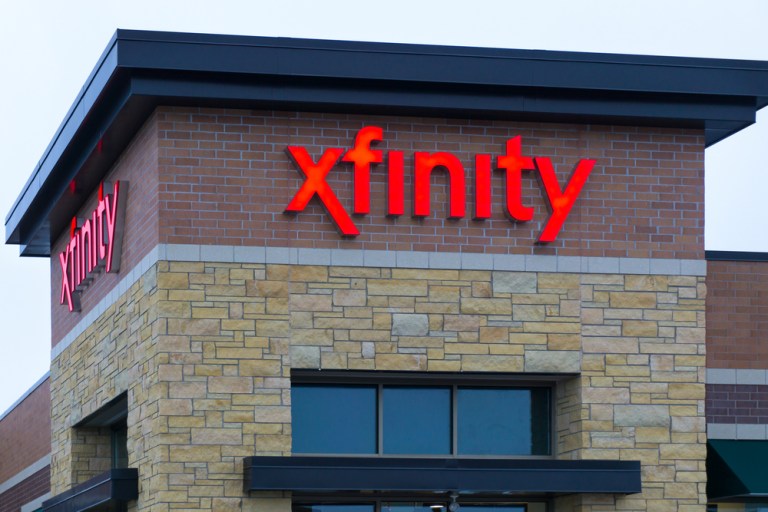
One could be forgiven for becoming momentarily confused when entering the Comcast store location in Pueblo, Colo.; Aventura, Fla.; Henrico, Va.; Chattanooga, Tenn., or Tucson, Ariz. A person’s natural response might be to look skeptically at the GPS device on their phone and wonder why it had lead them to an Apple Store instead of a Comcast location.
Brightly lit, lots of white, free coffee, easy to access WiFi and testing stations for tablets and big screen TVs — it doesn’t feel much like the Comcast “stores” of the past. Of course, in the past, these brick-and-mortar businesses weren’t really designed or conceived of as retail locations at all. Instead, they were more like service centers — places consumers could go to drop off or pick up equipment, or maybe pay a bill as needed. But they weren’t really thought of as places people went to buy things — and, as such, weren’t really set up to sell things.
Nor were they really located like retail locations, as anyone who has ever spent a half-hour navigating an industrial park looking for a Comcast location can gladly attest.
But these days, Comcast realizes it wants to be where the people are — and wants to be part of that retail world.
Which means, according to Neil Saunders, managing director of retail consultancy GlobalData, in a recent interview: “Customers spend a lot on cable and Internet services, so being able to try out products and services in a high-quality environment is appreciated. The days of getting away with a shabby service desk in a dimly lit unit have long since gone.”
Instead, Comcast is setting up users with locations full of free coffee, contemporary music and a variety of gadgets to test-drive and play around with. All up-to-date technologically speaking — and perhaps more importantly, all accessible to the normal shopper.
And Comcast is coming out of the industrial park, instead setting up shop in malls and shopping centers where customers are more likely to happen by and stop in. Those spaces are getting more available now, as traditional retail players are pulling out of the physical world of commerce.
Comcast thinks it can do more and better with those spaces, with an assist from some very large video screens and some extremely overstuffed couches.
“We’re opening … next to the Apples and Sephoras and Ultas,” said Tom DeVito, Comcast’s senior vice president of retail sales and service. “We want to be where customers shop.”
And while they are only in a handful of such locations today, DeVito noted, the goal for the rest of the year is much bigger. Comcast hopes to be in 50 locations by the end of 2018 — and in as many as 100 by the end of next year.
“Our eventual goal is to have a Comcast customer center within 15 minutes of every Comcast customer.”
As for the full purpose of the centers, DeVito and Comcast have noted that they are both a little of what is old and a little of what is new when it comes to Comcast’s retail — or at least retail-adjacent — ambitions. Customers will still be able to use the newly designed stores to complete the functions they always have at physical Comcast locations. Consumers needing to trade in their cable box or pay off a bill will be completely able to do so within the new stores.
The goal, though, is to give customers a taste of what more they can be doing — by giving consumers a chance to try out new Xfinity apps and services paired with a variety of devices throughout the store. Internet subscribers, for example, can get information and a chance to play around with a mobile offering that would let them buy data by the gigabyte if they wanted.
Visitors to the store can also test out the “home zone,” where customers can use Xfinity’s Home platform to flip on a light or review security camera footage with the click of a smartphone, tablet or TV remote control.
“From your smartphone, you can shut the light off on the display,” DeVito told USAToday in an interview. “From an iPad, you can unlock the door. You can set the sensors in your garage, you can dim your light. We’ve created a set of interactive displays that simulate you being in your home so we can make the product come to life.”
Customers, he noted, are rethinking their relationships to stores as shopping experiences. Consumers, he noted S, aren’t necessarily going to stores to buy products these days, so much as they are leveraging physical locations to learn about them.
“The better work we can do as educators in the real world, the better we can do by our users, and the longer a relationship we can hope to ensure.”